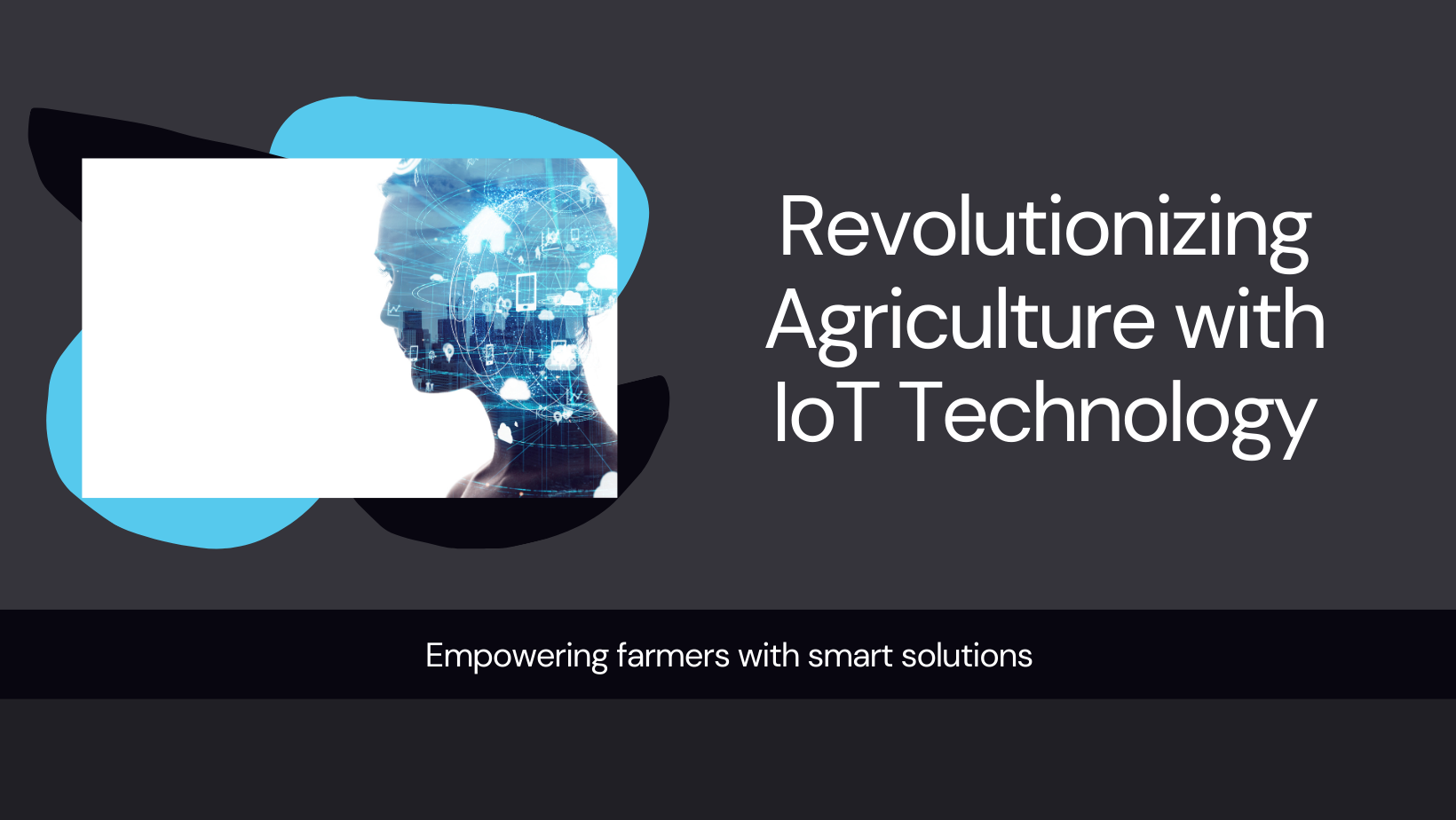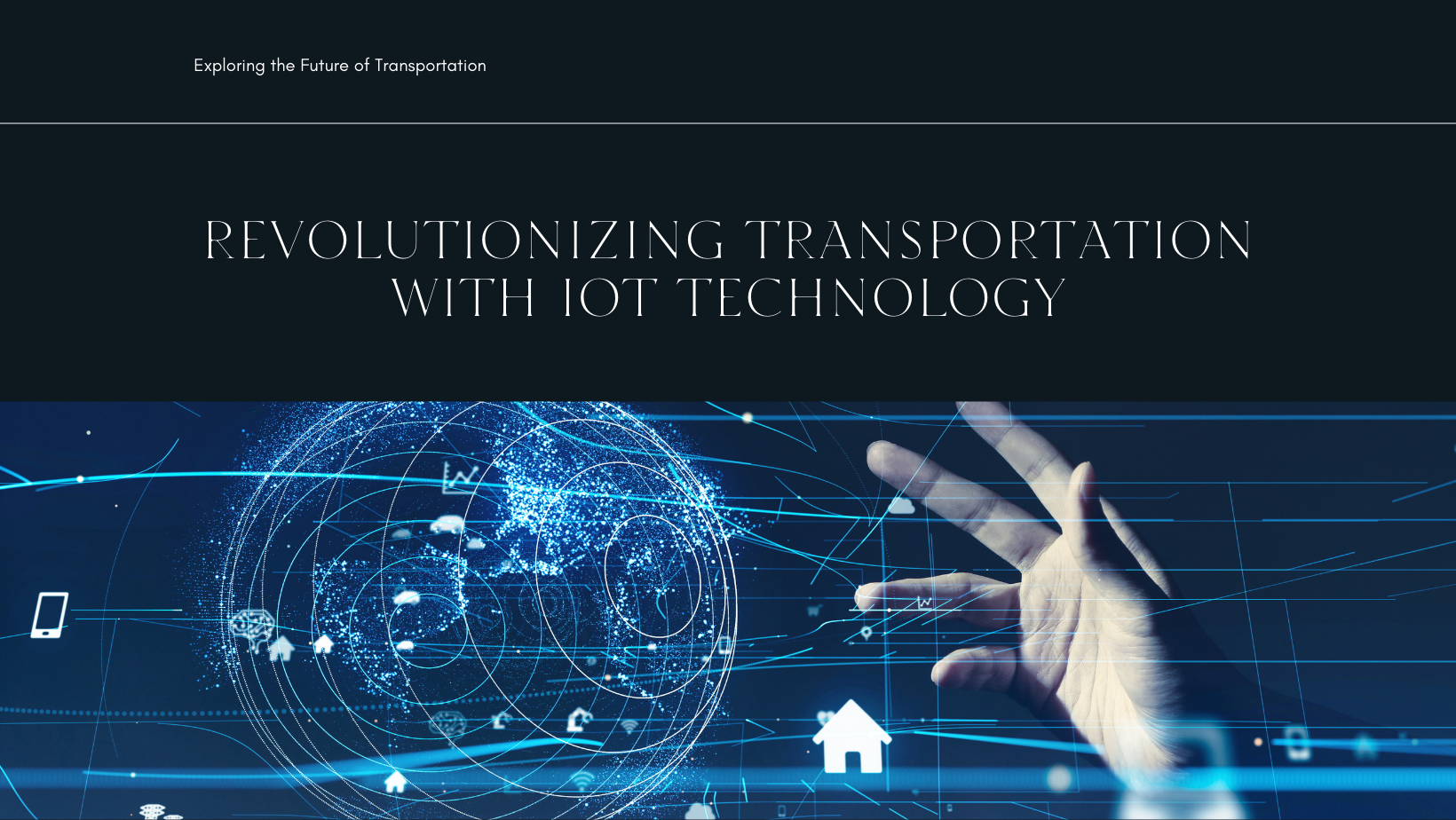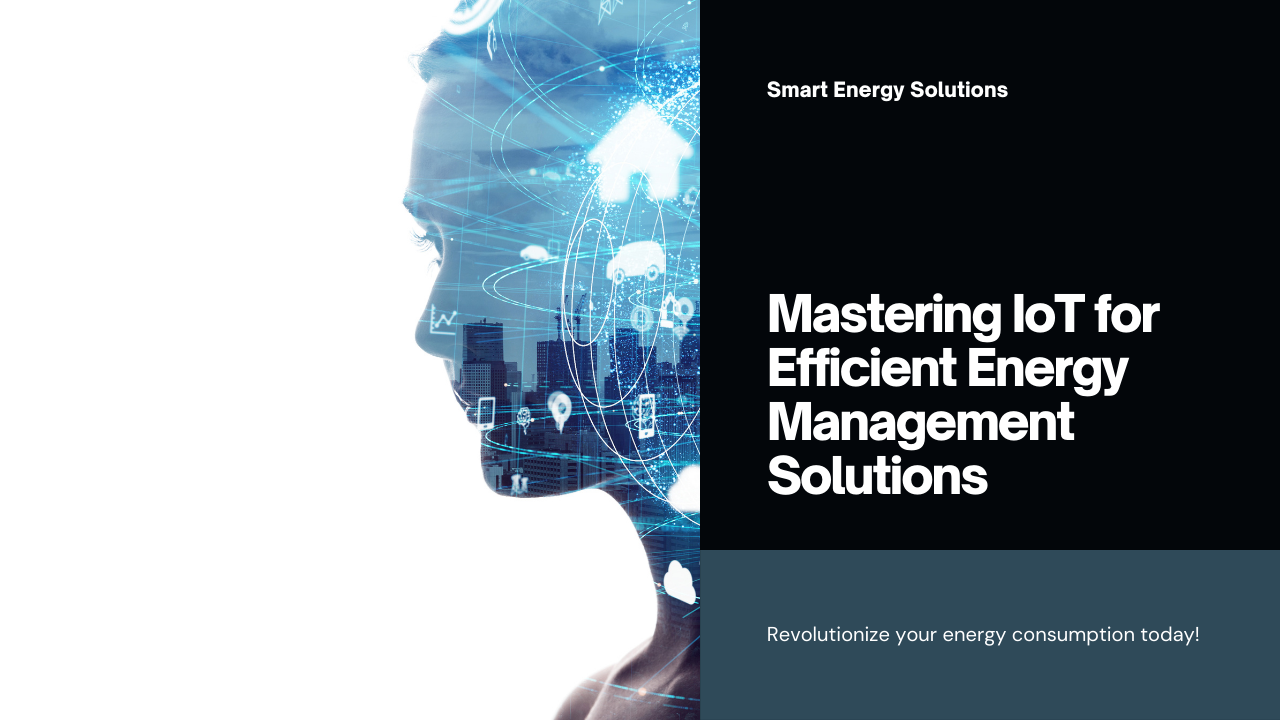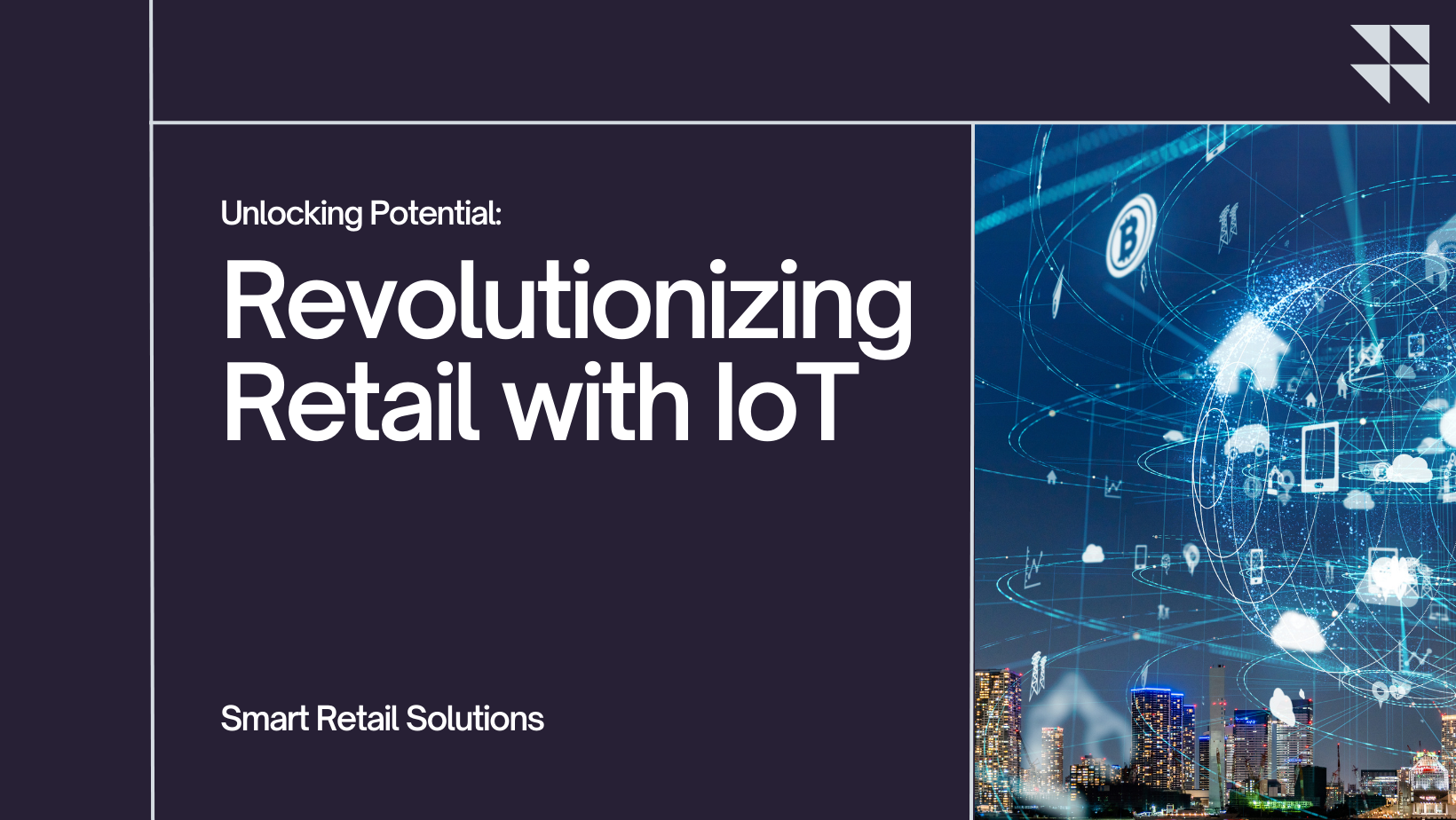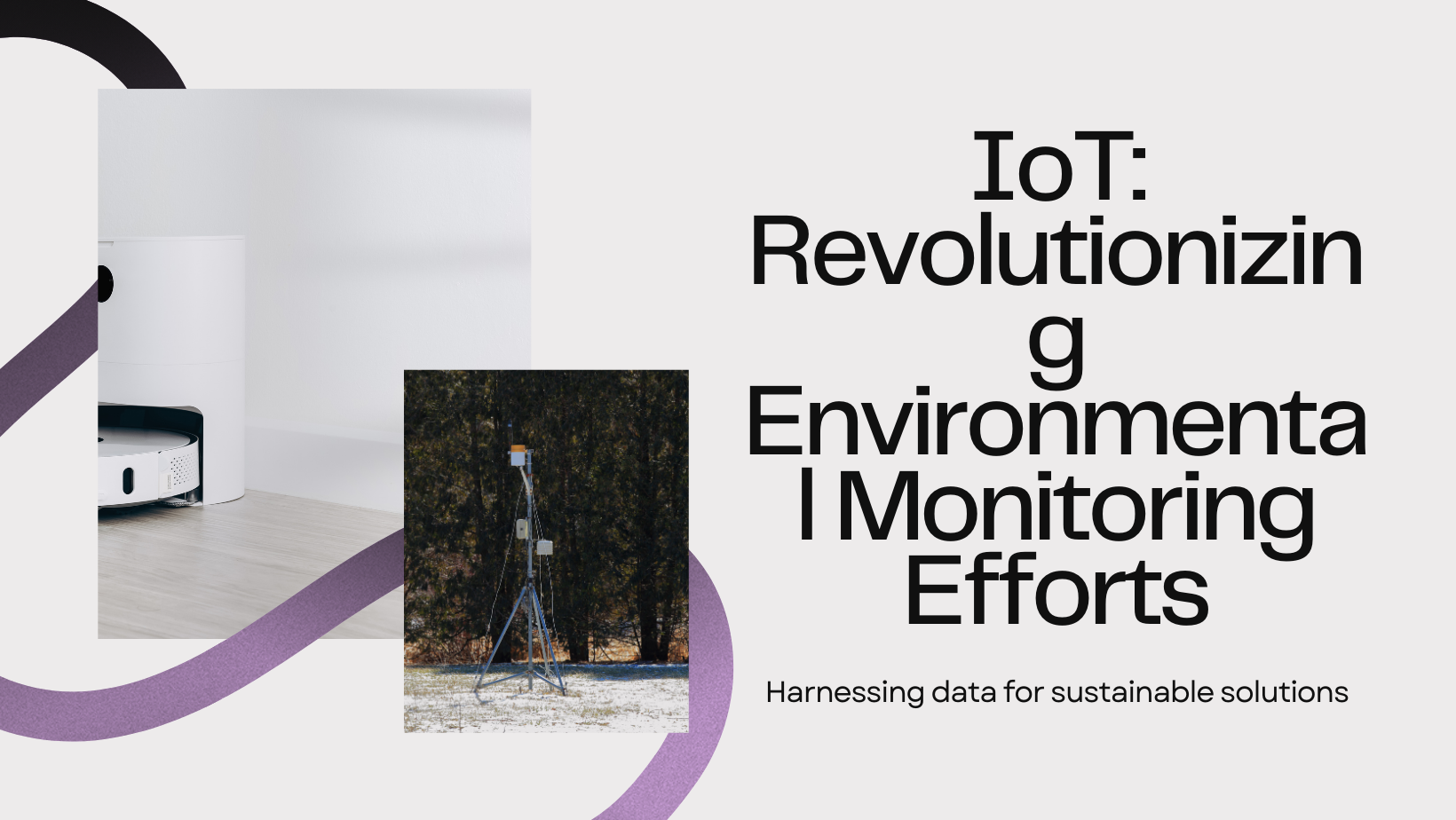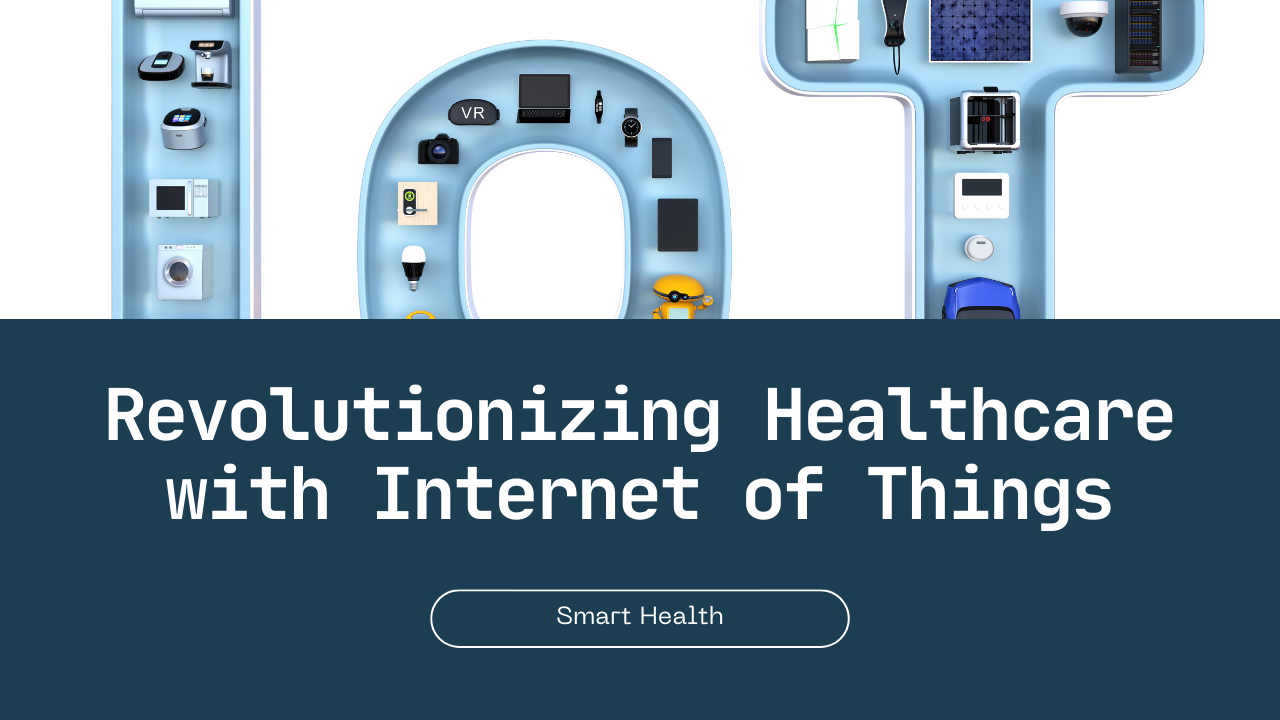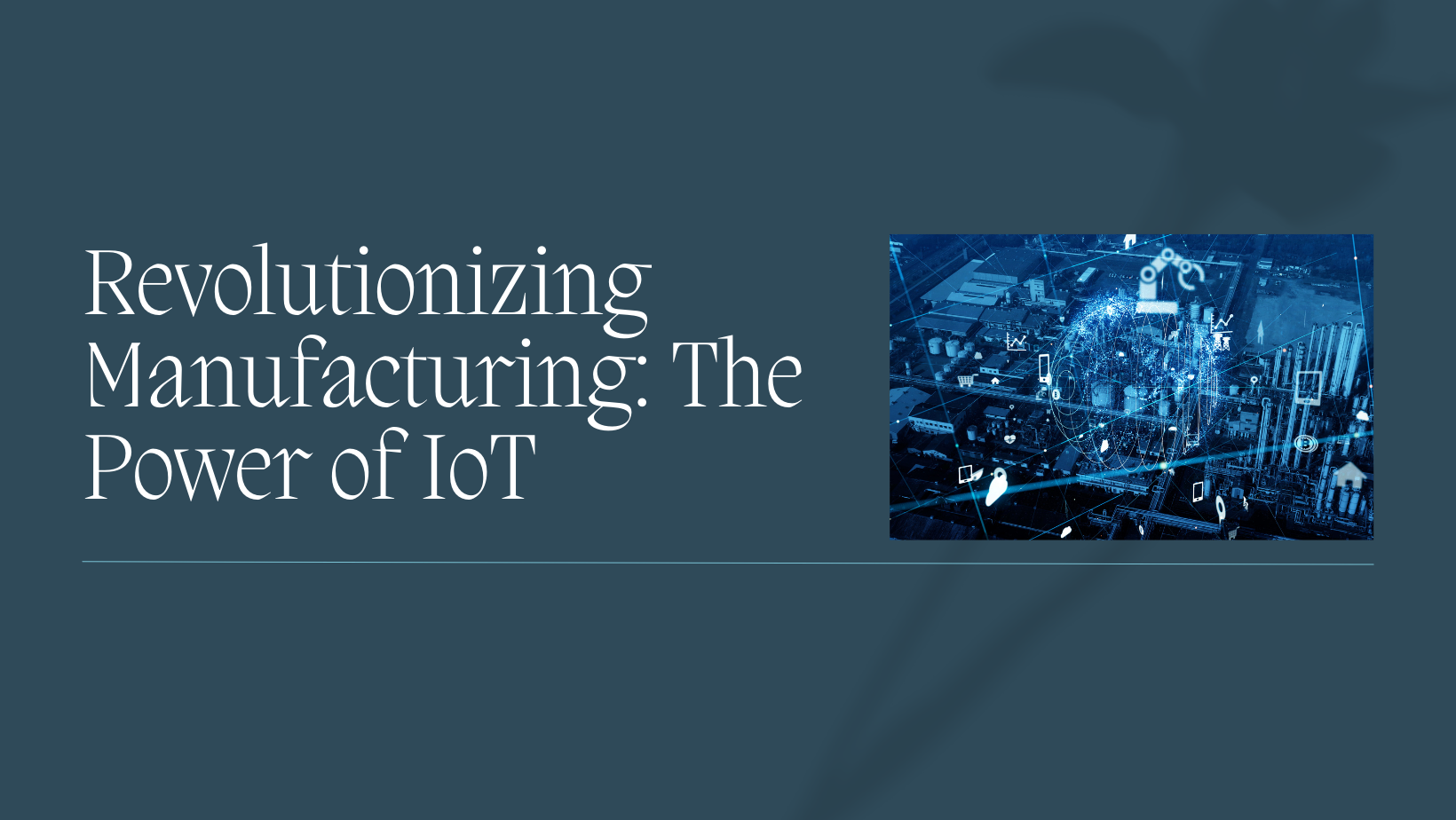The Internet of Things (IoT) is transforming industries across the globe, and agriculture is no exception. By integrating IoT technology into farming, we are ushering in a new era of precision agriculture that promises to enhance efficiency, productivity, and sustainability. This blog explores the future of IoT in agriculture, highlighting its benefits, applications, and the innovative trends shaping this sector.
Understanding IoT in Agriculture
What is IoT in Agriculture?
IoT in agriculture, or Smart Farming, involves using connected devices, sensors, and data analytics to monitor and manage agricultural operations. These technologies collect real-time data on crop health, soil conditions, weather patterns, and livestock, enabling farmers to make data-driven decisions and optimize their farming practices.
Key Components of IoT in Agriculture
- Sensors and Devices: Soil moisture sensors, weather stations, drones, and GPS-enabled devices that gather data from the field.
- Connectivity: Wireless communication technologies like Wi-Fi, Bluetooth, LoRaWAN, and cellular networks that facilitate data transmission.
- Data Analytics: Platforms and software that analyze the collected data to provide actionable insights.
- Automation: Systems that automate irrigation, fertilization, and pest control based on real-time data.
Benefits of IoT in Agriculture
1. Increased Efficiency and Productivity
- Precision Farming: IoT enables precise monitoring and management of agricultural inputs like water, fertilizers, and pesticides. This leads to more efficient use of resources, reducing waste and increasing yields.
- Real-time Monitoring: Continuous monitoring of crop health, soil conditions, and weather patterns allows for timely interventions, preventing crop losses and optimizing growth conditions.
2. Cost Reduction
- Resource Optimization: By using resources more efficiently, farmers can reduce costs associated with water usage, fertilizers, and pesticides.
- Labor Savings: Automation of routine tasks such as irrigation and pest control reduces the need for manual labor, lowering operational costs.
3. Enhanced Sustainability
- Water Conservation: IoT-based irrigation systems use real-time soil moisture data to deliver water precisely where and when it is needed, reducing water wastage.
- Environmental Impact: By optimizing the use of fertilizers and pesticides, IoT helps minimize the environmental impact of farming practices.
4. Improved Crop Quality and Yield
- Data-driven Decisions: Access to real-time data and analytics allows farmers to make informed decisions about planting, harvesting, and crop management, leading to better crop quality and higher yields.
- Early Detection of Issues: IoT sensors can detect signs of disease, pests, and nutrient deficiencies early, allowing for prompt action to mitigate damage.
Applications of IoT in Agriculture
1. Precision Agriculture
Precision agriculture involves using IoT devices to monitor and manage various aspects of crop production. Key applications include:
- Soil Monitoring: Sensors measure soil moisture, temperature, and nutrient levels, providing data to optimize irrigation and fertilization.
- Crop Health Monitoring: Drones equipped with multispectral cameras capture images of crops, identifying areas affected by disease, pests, or nutrient deficiencies.
- Weather Monitoring: Weather stations collect data on temperature, humidity, rainfall, and wind speed, helping farmers plan their activities and protect crops from adverse weather conditions.
2. Smart Irrigation Systems
IoT-enabled irrigation systems use real-time soil moisture data to automate and optimize watering schedules. These systems ensure that crops receive the right amount of water at the right time, improving water use efficiency and crop health.
3. Livestock Monitoring
IoT devices can be used to monitor the health and well-being of livestock. Applications include:
- Wearable Sensors: Wearable devices track vital signs, activity levels, and location of animals, helping farmers detect health issues early and manage grazing patterns.
- Environmental Monitoring: Sensors in barns and pastures monitor temperature, humidity, and air quality, ensuring optimal living conditions for livestock.
4. Supply Chain Management
IoT technology can enhance transparency and efficiency in the agricultural supply chain. Applications include:
- Traceability: IoT devices track the journey of agricultural products from farm to table, ensuring transparency and quality control.
- Inventory Management: IoT sensors monitor storage conditions and inventory levels, helping farmers manage stocks and reduce waste.
Future Trends in IoT Agriculture
1. Artificial Intelligence and Machine Learning
The integration of AI and machine learning with IoT in agriculture is set to revolutionize farming practices. Key trends include:
- Predictive Analytics: AI algorithms analyze historical and real-time data to predict crop yields, disease outbreaks, and weather patterns, enabling proactive decision-making.
- Autonomous Farming: AI-powered robots and drones perform tasks such as planting, weeding, and harvesting autonomously, increasing efficiency and reducing labor costs.
2. 5G Connectivity
The deployment of 5G networks will enhance IoT capabilities in agriculture by providing:
- Faster Data Transmission: High-speed connectivity enables real-time data transfer and analysis, improving the responsiveness of IoT systems.
- Increased Device Density: 5G supports a higher number of connected devices per unit area, facilitating the expansion of IoT networks in large farms.
3. Blockchain Technology
Blockchain technology can enhance the transparency and security of agricultural supply chains by providing:
- Immutable Records: Blockchain creates tamper-proof records of transactions and data, ensuring the integrity and traceability of agricultural products.
- Smart Contracts: Automated contracts executed on the blockchain can streamline transactions and ensure compliance with agreed terms.
4. Edge Computing
Edge computing involves processing data closer to the source (e.g., sensors and devices) rather than in centralized cloud servers. Benefits for agriculture include:
- Reduced Latency: Faster data processing and decision-making, crucial for real-time applications like irrigation and pest control.
- Data Privacy: Sensitive data can be processed locally, reducing the risk of data breaches and enhancing privacy.
Challenges in Implementing IoT in Agriculture
1. Connectivity Issues
Rural areas often lack reliable internet connectivity, posing a challenge for IoT implementation. Solutions include:
- Alternative Connectivity: Utilizing technologies like LoRaWAN, satellite communication, and mesh networks to ensure reliable connectivity in remote areas.
- Infrastructure Investment: Governments and private sector partnerships can invest in improving rural internet infrastructure.
2. High Initial Costs
The initial investment required for IoT devices and infrastructure can be prohibitive for small-scale farmers. Solutions include:
- Subsidies and Grants: Government programs and subsidies can help offset the costs of IoT adoption for small farmers.
- Shared Services: Cooperatives and agricultural organizations can provide shared IoT services and infrastructure to reduce individual costs.
3. Data Security and Privacy
The collection and transmission of large amounts of data raise concerns about data security and privacy. Solutions include:
- Robust Security Protocols: Implementing encryption, authentication, and access control measures to protect data.
- Regulatory Compliance: Adhering to data protection regulations and standards to ensure the privacy and security of farmers’ data.
Conclusion
The future of IoT in agriculture is bright, with the potential to revolutionize farming practices, increase efficiency, and promote sustainability. By leveraging IoT technology, farmers can make data-driven decisions, optimize resource use, and enhance the quality and yield of their crops. However, to fully realize these benefits, it is crucial to address the challenges of connectivity, cost, and data security.
At Sodio Technologies, we are committed to driving innovation in agriculture through our cutting-edge IoT solutions. Our expertise in IoT development enables us to create tailored solutions that meet the unique needs of farmers and agricultural businesses. Contact us today to learn how we can help you harness the power of IoT to transform your farming operations.
